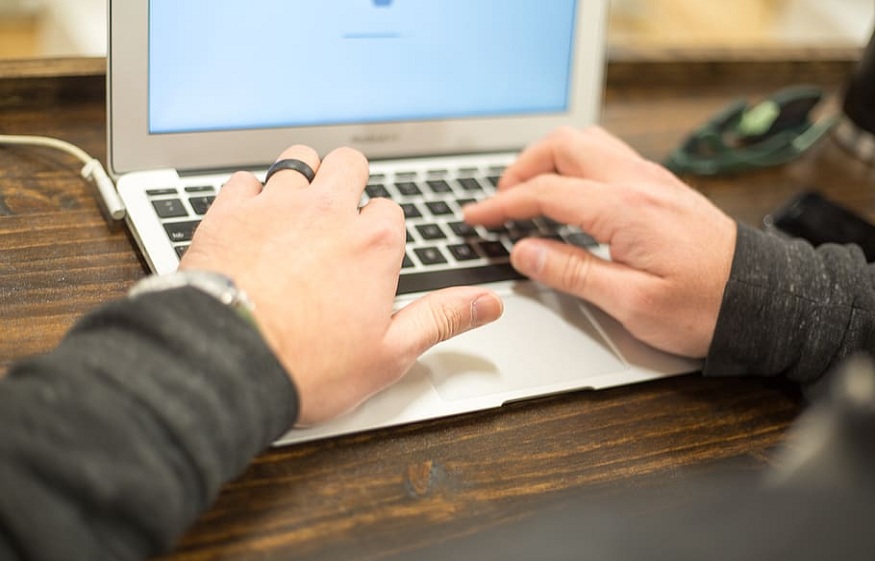Web accessibility has a huge impact on user experience (UX). Developing accessible websites makes sure that all people, irrespective of their physical or mental limitations, are able to enjoy a smooth online experience, obtain the information they need, and interact online like the rest of the world. Today millions of people around the planet use the internet to buy products, transact with government offices, book flights, and hotels, search for local businesses, and more. Therefore, it is vital to make websites accessible to each of these people. AccessiBe helps businesses of all sizes to make their websites accessible.

AccessiBe briefly mentions how web accessibility influences user experience
There are many simple, yet impactful ways to make web content more accessible and improve UX, such as prioritizing text clarity and keeping contrast sensitivity in mind. Written content like articles, informative web pages, and to-actions must be easy to read. Vision problems like cataract, low vision, color blindness, and near or farsightedness are some of the most common disabilities around the planet. Therefore, it makes sense to prioritize text clarity when designing websites. Individuals having vision impairments are likely to have low color contrast sensitivity as well. Therefore, while designing web pages, it will be have a high contrast between the foreground and background. Many people having low vision face problems in reading small text, and therefore they commonly use specific font settings when browsing the web. Having an alternative style sheet with the feature of enlarging font size without breaking the page layout shall make it simpler for people to read the content.
Adding explanatory link text is another important aspect of web design that influences both accessibility and user experience. Offering text descriptions would aid users to determine whether to follow the link or not. If the link redirects users to an image, the text alternative shall describe the unique function of the link. In case it contains both text and an image, the description might be used to describe both the content and the image.
Web accessibility and User Experience (UX) are known to complement one another. An accessible design is focused on making sure that people with differing abilities are able to access and use the web like others. However, one must understand that web accessibility features do not only benefits the disabled, no matter whether they have permanent, temporary, or situational/conditional disability. Accessible web design leads to a better user experience for people who do not have any physical and/or mental disabilities or limitations. A lot of accessibility requirements aid in improving UX on the whole, especially in limiting situations.
For instance, the use of easy-to-read fonts and contrasting colors benefits people trying to explore a website from a small screen or a dark room. On the other hand, text alternatives assist users with limited bandwidth. Audio transcriptions are used by many quite commonly to access audio content when they are unable to use earphones. Availing AccessiBe solutions can be the simplest and most effective way to make a website accessible to all, and improve the UX of all visitors. Doing so can help companies to level up their brand reach, and enjoy more traffic and conversions.





